Daith Piercings
Everything you should know about Daith Piercing
Piercing is a fashion statement like no other. Piercing is nothing new, from tribal customs to modern fashion statements, it has been a part of almost every culture and civilization throughout history. More recently, unique piercings like rook piercing and daith piercing have been growing in popularity, not only for their beauty but also as preventative medicine for migraines. While there is no scientific evidence supporting this method of migraine prevention, there is a growing number of believers, both among the general public and within the medical community, in the healing properties of these types of piercings.
As piercing is reaching new heights of popularity, there are certain aspects of daith piercing that you need to be aware of before you hop in the piercing chair. The goal of this informational article is to highlight the necessary information needed for getting a daith piercing.
What is Daith Piercing?
Daith rhymes with faith but is generally referred to as “doth”. It is the perforation that passes through the crux of the helix, which is the innermost cartilage fold in the ear. This piercing should alway be performed by piercing experts because it is quite tricky, especially considering the location of the piercing, and requires a specific technique and a specific kind of needle.
History of Daith & Piercing in General
Daith piercing has been a part of cultural tradition, religious affirmations and self-expression for a long time. Different forms of piercing have been practiced by humans for thousands of years for many reasons, one being their healing properties. And acupuncture has been practiced for ages as well. Piercing is believed to affect the energy flow in the body. For example, piercing a certain part of the ear can actually mitigate pain and affect the internal functions throughout the body. Ears are believed to contain the highest concentration of pressure points that are directly associated with pain throughout the body. In the world of preventative and alternative medicine, ears are considered a microsystem through with one can access all the pressure points in the body.
The same holds true for daith piercings and their anecdotal effect on reducing the frequency and intensity of migraine headaches.
Daith Piercing Overview
Daith piercing is performed on the thick part of the cartilage in the ear just above the tragus, making it appear quite dramatic, but if done right the pain is miniscule.
Preparing for Your Procedure
If getting this piercing is causing you anxiety, reschedule your appointment to another time. Under no circumstances should you come to your appointment under the influence of alcohol. Your piercer will not perform the procedure if you are even slightly under the influence.
Always get your hair out of the way and try to wash your ear thoroughly before you go in for the procedure. Remember to eat a few hours prior to the procedure; do not go in with an empty stomach. Hydration is also necessary before your appointment.
Aftercare for Your Daith Piercing
A daith piercing requires a little more attention than other piercings, as this is a larger wound. The healing time and aftercare are also a little more involved than other piercings as it is done through a much thicker portion of cartilage.
Besides the basic care, daith piercings require a few extra steps to stay clean and infection free. Your piercer will determine the material and size of the jewelry you will be wearing. Daith piercings normally take anywhere from 4 to 6 weeks to heal fully, but they are also the most vulnerable of piercings, so setbacks can be expected in the healing process.
The aftercare instructions given by your piercer should be followed like religion as even the tiniest neglect can cause permanent disfiguration to your ear structure. The most important instruction is the size and material of the jewelry. All ears are unique and if you choose to wear a certain type of jewelry against expert advice it may cause damage to the cartilage.
Sleep on the other side
This applies to almost all piercings. Do not put pressure on the freshly pierced site. During the healing period you need to take special care while sleeping, always sleep on the opposite side of the piercing for the next 3 to 6 weeks or until the wound is completely healed. Resist the urge to scratch or even touch your wound as this makes it susceptible to bacteria and infections. Do not rub or dry your hair with force during the first few weeks you certainly do not want to irritate the area.
A Note on Daith Jewelry
As with all piercings at Hippie Hoops & Holes, we include jewelry for your new daith piercing. You may have pictured yourself wearing a certain loop while you get the piercing. But it may not be suitable for the anatomy of your ear. Keep your options open. Your piercer will be able to make recommendations specific to your ear anatomy.
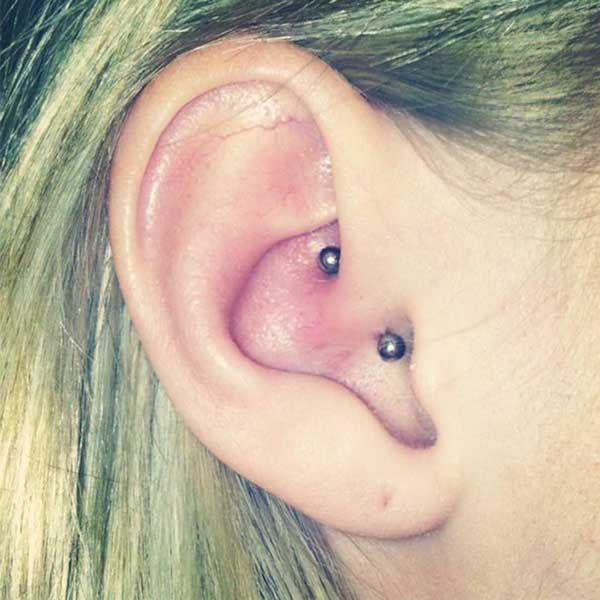
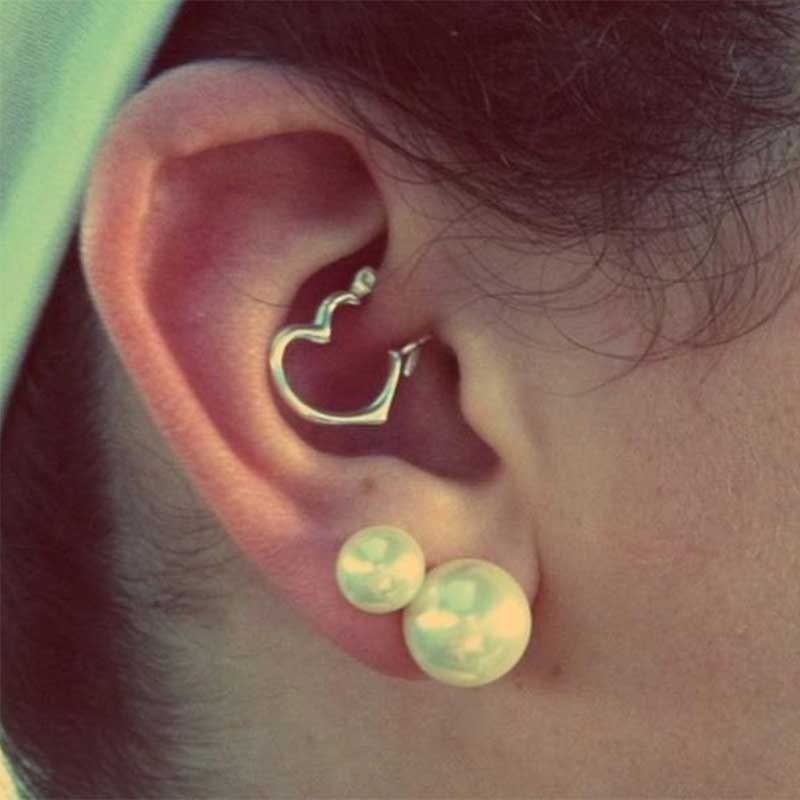
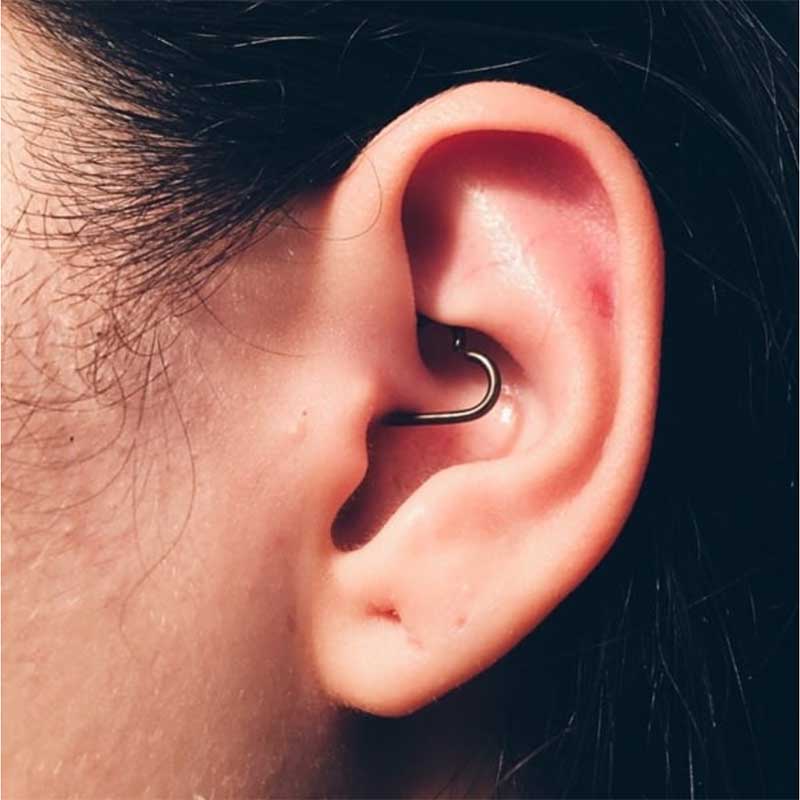
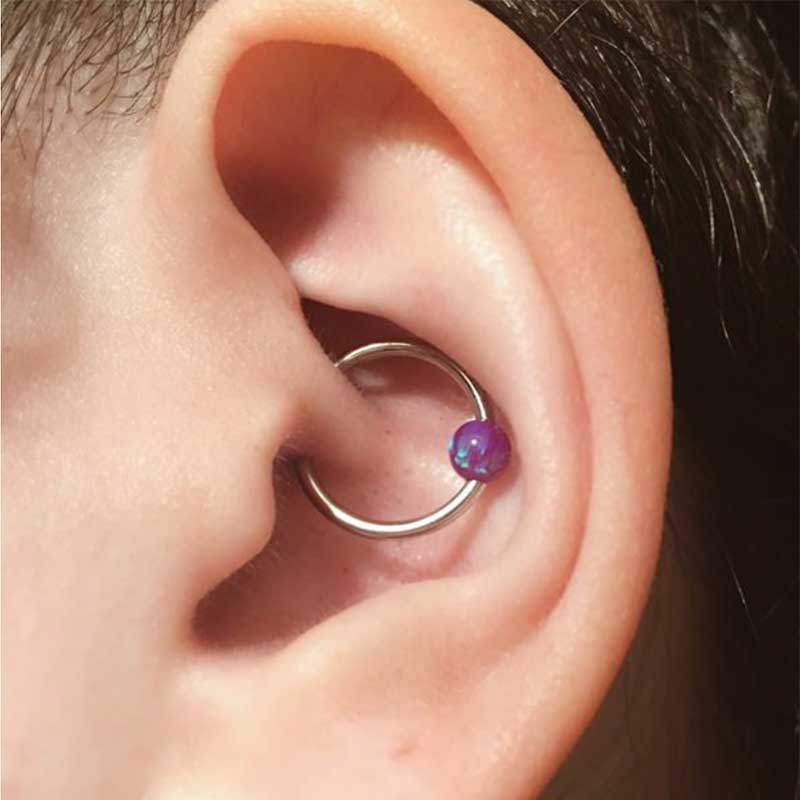
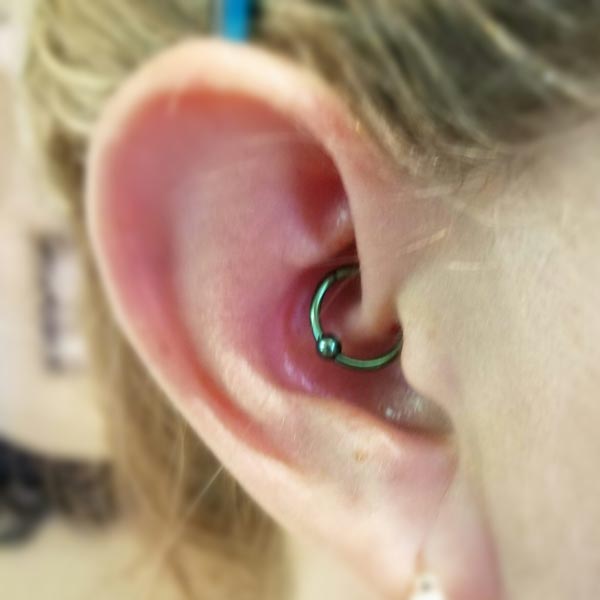
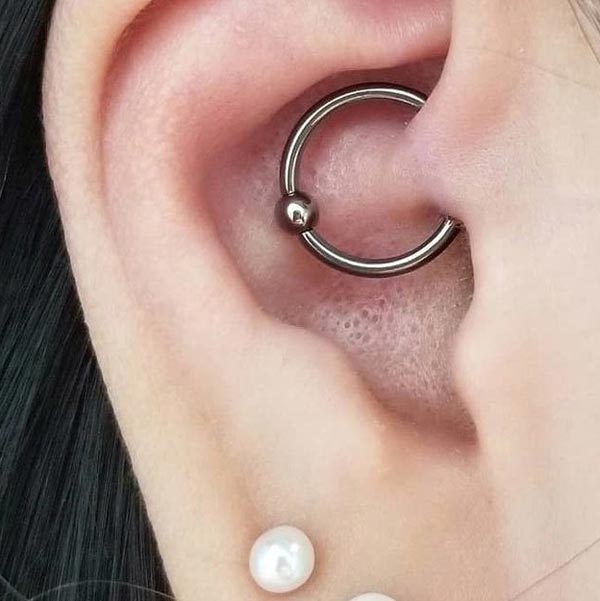
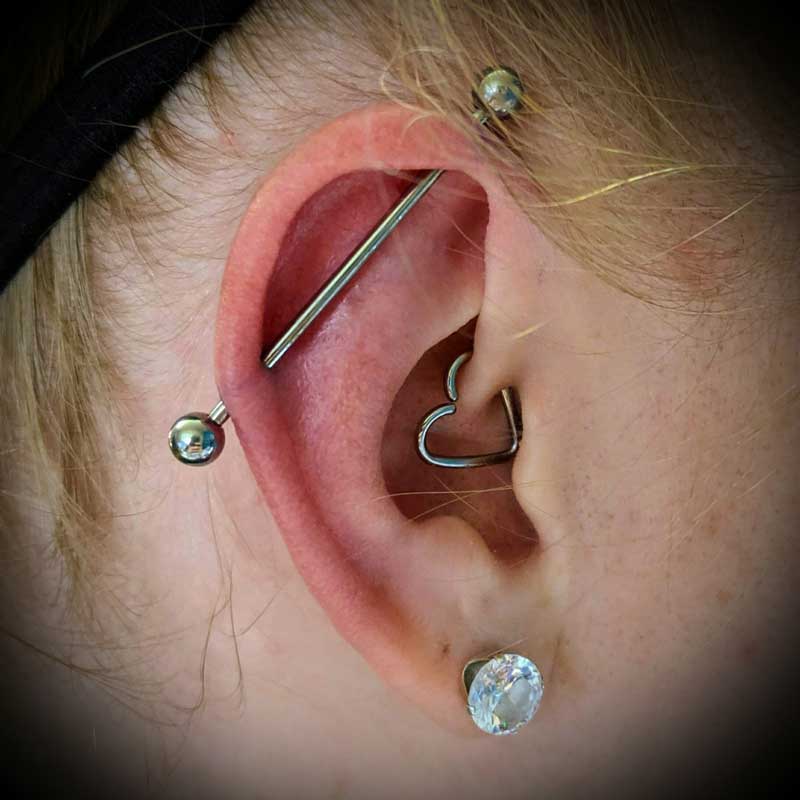
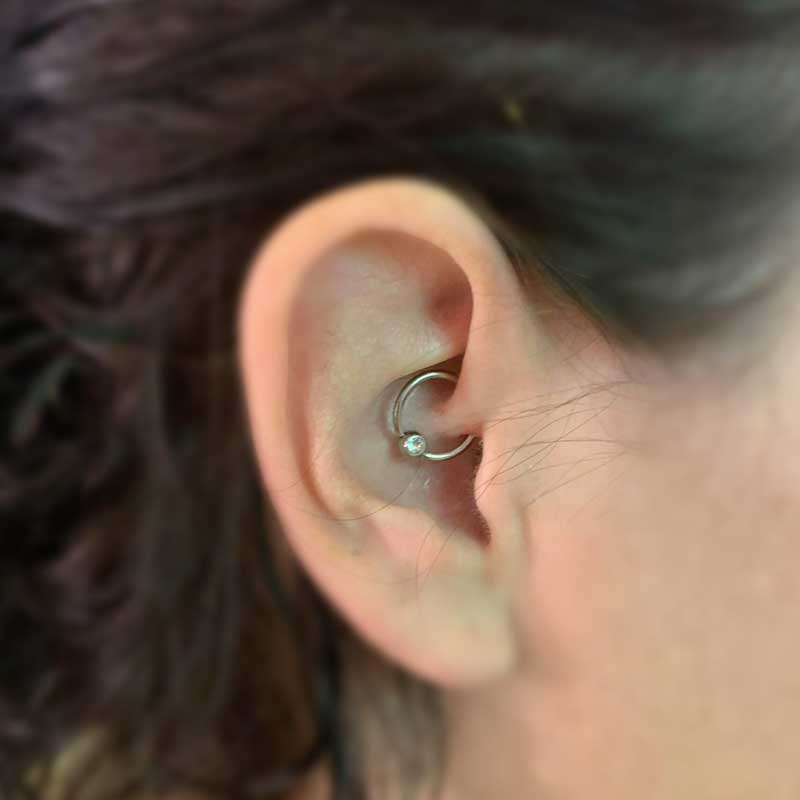
Daith Piercings and Migraines
While there is no published or definitive medical proof that daith piercings cure migraine headaches, many of our customers who suffered from migraines swear that their daith piercing has changed their lives. Additionally, Hippie Hoops & Holes is the preferred provider for many healthcare professionals and specialists throughout the Treasure Valley.
